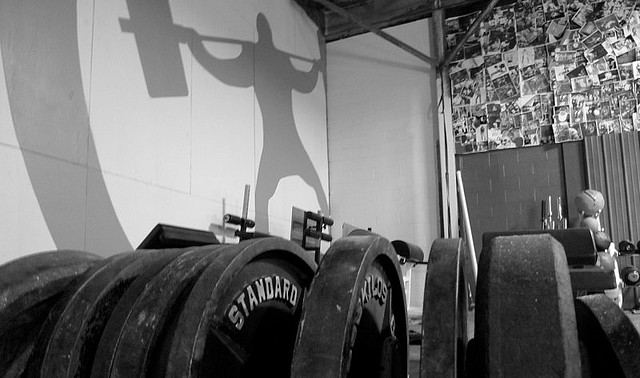
One of the first things I was taught as a lifter was to treat light weights as if they were heavy and heavy weights as if they were light.
I believe Earnie Frantz is to be acknowledged for this but it has been passed down for decades. I do not want to take the credit for it because it's some of the best powerlifting advice ever espoused and came from before my generation.
The UGSS
For over 10 years now, elitefts has had what we call an underground strength session (UGSS). These began with some of our team athletes and coaches who would meet up and train at our facility. We would come together, train, share tips, thoughts, break bread, and become better. I've been fortunate enough now to have been a part of over 50 of these events and have learned from each and every one. This past weekend, we had another UGSS and had team members from all over the country and Canada. I've always had great takeaways from each one of these that have impacted how I train, coach, and work.
Unlike most of the other UGSS sessions, I didn't train this time. Steve Goggins also decided not to train and just be the great coach he is. We took it as an opportunity to be able to watch a little bit closer than normal and see what everybody was doing right, and if there were areas, they could become better. Keep in mind the elitefts athletes are top ranked athletes in their discipline and some have 3 decades at the top end of strength sports. So we are not watching beginners or intermediates. Experience and education are never limiting factors. We will find ways to make everyone better either physically, technically, or mentally.
These events are also very important because it has been noted that over 50% of communication is non-verbal. A quick google search revealed....
"Dr. Albert Mehrabian, author of Silent Messages, conducted several studies on nonverbal communication. He found that 7% of any message is conveyed through words, 38% through certain vocal elements, and 55% through nonverbal elements (facial expressions, gestures, posture, etc.)."
NOTE: This is a blog, so I am not going to take the time to vet this statistic so take it for what it's worth (not much). I copied and pasted it to make a point, and that is when training athletes the majority of coaching is non-verbal. It they have only been trained online and ALL the communication has been via email (written) then there is a shit load that never gets addressed. You can't teach what you don't witness, hear, see, and feel. And you don't have the same methods at your disposal to convey information. It can be done but is far from optimal, and the better the athlete gets, the less optional it becomes.
Steve and I found and discussed many things throughout the day. There were a lot of different technical things- very minor things that I never thought until we started discussing it. There were a few big takeaways that I will post as individual blog posts.
How To Approach Warm Up Weights
The biggest takeaway was how to approach and train your warmup weights. NOT the weight selection as most writers and spend most of the time addressing. Usually, the stronger lifters are taking the light weights for granted. They just pop the squat out, and walk it back without even thinking about what they're doing. Becuase it's "only" a warm up weight they don't worry that much about it. They don't get serious until the weight begins to feel heavy or the work sets are started.
Every single time you get under a bar to squat, bench, or even pull a deadlift, it's an opportunity to reinforce technique. This is most critical for the squat because there's a walk out. While it's not judged (and while it can be debated if it's even part of the actual lift), it is still important as it determines your set up.
Every walkout from the bar until your top weight should be deliberate, focused and perfect. The optimal time to be able to practice this is when it is just the bar and not a maximal weight.
There's no excuse in the world to have a fucked up walkout with the bar!
...or with any of your warmup weights for that matter. These sets should be as deliberate as your top sets. EVERY move you make should be for a purpose and reason. Eights steps to get set up with a heel kick on top is a lack of coaching, preparation, professionalism, and not optimal. Do you want to miss a weight because you stomp your foot, wiggle your heel, or some other movement that does nothing to help aid the lift? This is something that is 100% within the control of the person under the bar- every set, every rep.
No, this is not fun, it's repetition and practice. It's the difference between being average or better than average. If you are training with a group of experienced lifters this would never be an issue as it would be drilled into you from the very beginning - but this is not the sport today, so it has to become more of a conscious effort.
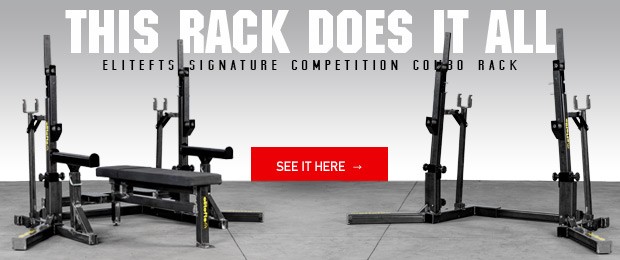
Back to the walk out. The way the racks are made today, you only have to take two very tiny steps, so anybody that's taking anything more than that isn't utilizing the equipment that they have. This isn't the '70s and the '80s where you had to walk back three or four steps just to be able to clear the racks. The racks are clear as soon as you stand up. This is why you see the uprights angled in. If they were not, you would have to start your walkout with your feet closer and walk back two steps before stepping out. They are angled in so you can start closer to your stance and not have the plates hit the uprights when you step out. You barely have to step back so take advantage of it. The fewer steps you take, the tighter you can get before coming out of the rack, and the more set you will be. This also makes it easier to get the bar back into the rack. If you watch many top raw world records you will see many just lean the bar back into the rack or just take one tiny step. These racks were implemented to help you - use them for what they were designed for. It's also safer for you!
You should practice and perfect that with every set you do, not just the work sets. This applies to ALL lifts. They all are "practice" to become perfect.
This will also help your mental game. You can meditate and visualize all you want. That's great. You can think about your goal weight every time you are in the shower or car, but all of that pales in comparison to thinking about it when you are under the bar.
If you're training for a 400-pound squat, then every fucking squat rep you do should be (in your mind) 400 pounds. EVERY, FUCKING, REP.
From the bar, to 95 pounds, 135, and so on you should get under the bar and treat it like it's 400 pounds. How will you unrack that weight? How will you set it up? How will you pull air? How will you sit down? In your mind, every set is 400 pounds! I'm not saying stand up with the force of 400 and look like a moron, but be deliberate, be tight, be perfect!
If you picture that and put that in your mind every single rep and every training session, then by the time you get to the meet, you've already mentally squatted 400 pounds hundreds if not thousands of times!
Do you think this will help or hurt you on meet day?
Do you think this will help or hurt your technique?
Will it help or hurt your focus?
There is NO downside!
Just do the fucking work the way it is supposed to be done. Stop being so fucking lazy! You are doing it anyhow. Do it right!









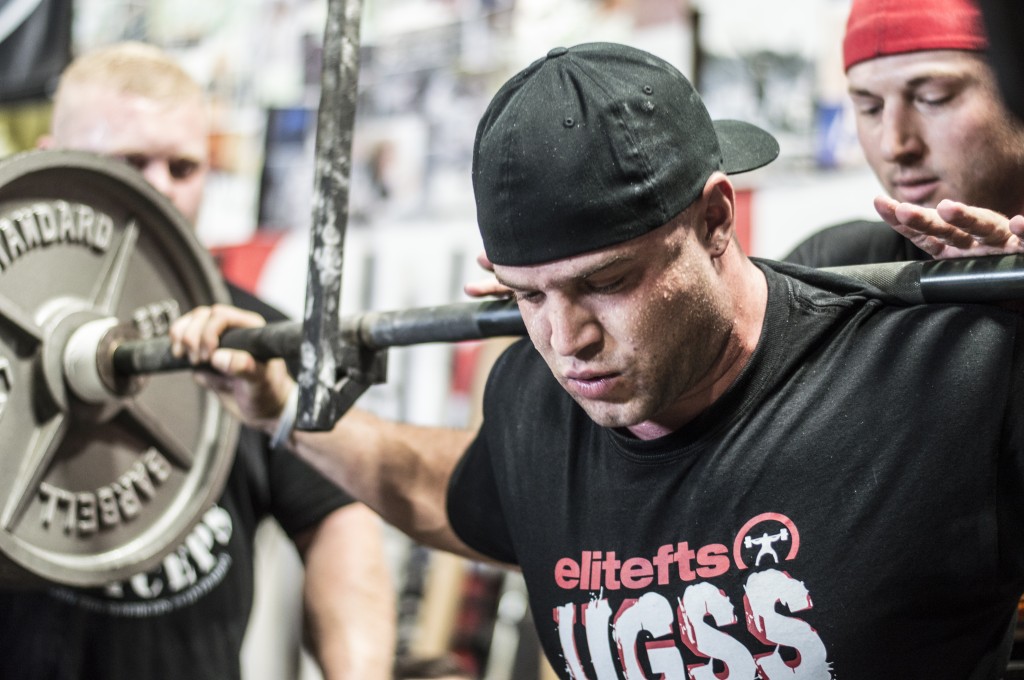
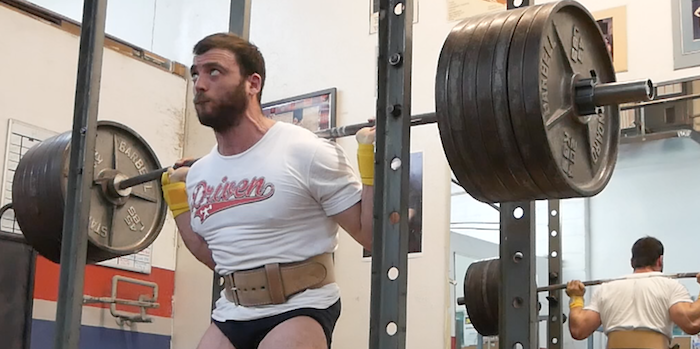
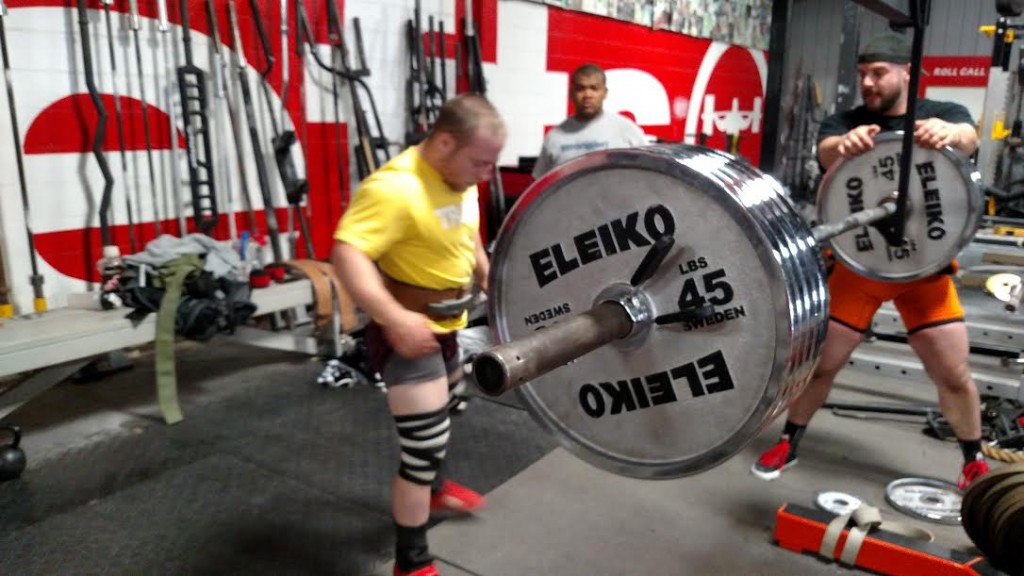
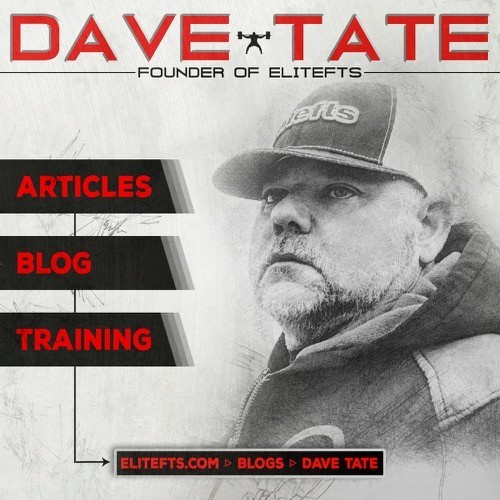
1 Comment